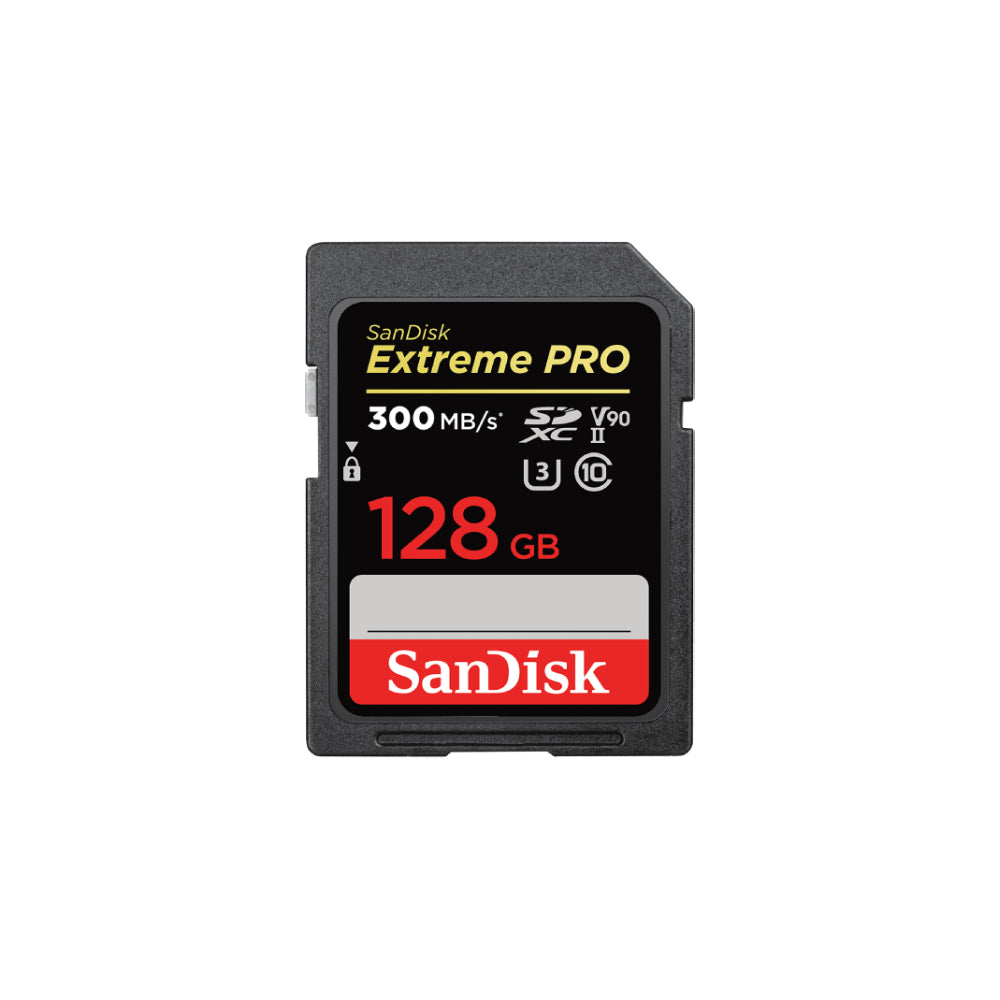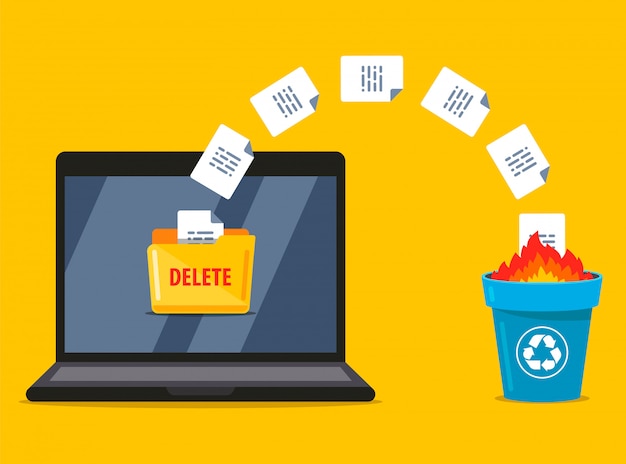## Introduction to ‘Microsoft Excel Cannot Access the File’ Issue
As a professional or casual user of Microsoft Excel, you may have encountered the dreaded “Microsoft Excel Cannot Access the File” error. It is an issue that can disrupt your workflow and cause significant stress. This error typically appears when you try to open an Excel file, but the application cannot access it. This guide aims to help you understand and resolve this common yet frustrating issue effectively and efficiently.
This problem can occur in different versions of Excel, including Excel 2013, Excel 2016, Excel 2019, and Excel 365. You might experience this issue in various situations, such as when trying to open an Excel file from a network location or when the file is saved on a local drive. When this error occurs, it prevents you from accessing and working on your Excel files, which can be detrimental, especially if the documents contain crucial data.

But fear not! With the right knowledge and tools, you can resolve this issue yourself. This article is a comprehensive guide that will walk you through understanding the causes of the error, basic troubleshooting steps, advanced methods, and how to prevent this issue in the future. It is a complete resource designed to equip you with the knowledge and skills you need to fix the ‘Microsoft Excel Cannot Access the File’ issue.
Understanding the Causes of the Error
Before we delve into the solutions, it’s crucial to understand the possible causes behind the ‘Microsoft Excel Cannot Access the File’ issue. Knowing the root cause can guide you towards the right solution and prevent the problem from recurring in the future.
One of the common causes is incorrect file permissions. This issue often arises when you do not have the necessary permissions to access the file or the folder where the file resides. Other common causes include corruption in the Excel file, issues with the Excel software itself, network problems, or problems with the device where the file is saved.
It’s also worth noting that this issue can occur if Excel cannot find the file path or if the file path is too long. Excel has a limit on the file path length, and if your file path exceeds this limit, you may encounter this error. Furthermore, if the file you’re trying to open is currently in use by another program or user, Excel might not be able to access it, leading to this error.
Basic Troubleshooting Steps for ‘Microsoft Excel Cannot Access the File’ Issue
Once you understand the possible causes, the next step is to try some basic troubleshooting steps. These are simple solutions that can potentially resolve the problem without requiring advanced technical knowledge. Remember, it’s always best to start with the basics before moving on to more complex solutions.
The first step is to check the file permissions. Ensure that you have the proper permissions to access the Excel file and the folder where it resides. If you don’t have the necessary permissions, you may need to adjust them or contact your system administrator for assistance.
The next step is to check if the Excel file is open in another program or if another user is currently using it. If so, close the file in the other program or ask the other user to close it. You should also verify that the file path does not exceed Excel’s limit. If the file path is too long, consider moving the file to a location with a shorter path.
If none of these basic troubleshooting steps resolve the issue, don’t panic. There are still several advanced methods that you can try.
Advanced Methods to Resolve ‘Microsoft Excel Cannot Access the File’ Issue
If basic troubleshooting doesn’t solve your problem, it’s time to try some advanced methods. These involve slightly more complex steps, but they can effectively resolve the ‘Microsoft Excel Cannot Access the File’ issue in most cases.
One such method is repairing the Excel installation. Sometimes, the problem lies not with the file but with Excel itself. In such cases, repairing the Excel installation can often resolve the issue. You might also want to consider updating your Excel software to the latest version if you haven’t done so already.
Another advanced method is using Excel’s built-in Open and Repair tool. This tool can help you recover data from a corrupted Excel file and potentially fix the issue.
Step-by-Step Guide to Use Microsoft’s Built-In Repair Tool
Now, let’s delve into how to use the Open and Repair tool in Excel. This tool is relatively straightforward to use, even for those without advanced technical skills.
First, open Excel and click on the ‘File’ tab. Then, select ‘Open’ and navigate to the location of the problematic Excel file. Instead of double-clicking to open the file, select it and click on the small arrow next to the ‘Open’ button. From the dropdown menu, select ‘Open and Repair’.
This will prompt Excel to attempt to repair the file. If the process is successful, the file will open, and you should be able to access your data. If not, you may need to consider other options to recover your data.
How to Recover Data if ‘Microsoft Excel Cannot Access the File’ Issue Persists
If the ‘Microsoft Excel Cannot Access the File’ issue persists after trying all the above methods, don’t lose hope. There are still ways to recover your data. One reliable method is using a data recovery tool, such as RecoveryMaster.
RecoveryMaster is the best data recovery software for Windows and Mac. It can recover lost or deleted photos, videos, and more than 1000+ file types from various devices like HDD, USB, SD Card, and crashed computers. With its user-friendly interface and powerful data recovery capabilities, RecoveryMaster can help you retrieve your important Excel data, ensuring that your work isn’t lost.
Preventing ‘Microsoft Excel Cannot Access the File’ Issue in Future
Prevention, they say, is better than cure. The same applies to the ‘Microsoft Excel Cannot Access the File’ issue. By following some simple steps, you can prevent this issue from occurring in the future.
One key prevention method is to always ensure that your Excel software is up to date. Microsoft regularly releases updates that fix bugs and improve the software’s stability and performance. Keeping your Excel software updated can prevent many issues, including the ‘Microsoft Excel Cannot Access the File’ problem.
Another tip is to regularly back up your Excel files. Having a backup ensures that your data is safe, even if you encounter this or any other issue with Excel.
When to Seek Professional Help for ‘Microsoft Excel Cannot Access the File’ Issue
Sometimes, despite your best efforts, the ‘Microsoft Excel Cannot Access the File’ issue may persist. If you’ve tried all the methods in this guide and the issue still isn’t resolved, it might be time to seek professional help.
Professional IT services have the expertise and tools to diagnose and fix complex Excel issues. They can also help recover your data if it’s been lost or corrupted due to the error. Remember, it’s always better to seek professional help than risk further data loss or damage by trying to resolve the issue yourself.
Conclusion: Key Takeaways in Resolving ‘Microsoft Excel Cannot Access the File’ Issue
Resolving the ‘Microsoft Excel Cannot Access the File’ issue can be a daunting task, especially if you’re not technically inclined. However, with the right knowledge and tools, it’s entirely possible to fix this issue yourself.
Remember, start with the basic troubleshooting steps, then move on to advanced methods if needed. Don’t forget to try Excel’s built-in Open and Repair tool and consider using a data recovery tool like RecoveryMaster if the issue persists.
Prevent future occurrences of this issue by keeping your Excel software updated and regularly backing up your files. And if all else fails, don’t hesitate to seek professional help. With these steps and techniques, you can conquer the ‘Microsoft Excel Cannot Access the File’ issue and continue working on your Excel files with ease and confidence.




Leave a Reply